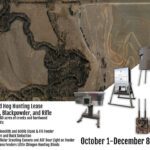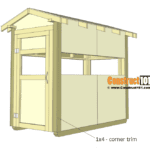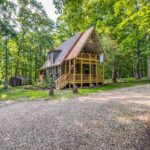Embark on a hunting adventure with the best low light scope for deer hunting, a game-changer that empowers you to conquer the darkness and bring home the trophy. With this essential gear, every moment in the field becomes a thrilling pursuit.
Our comprehensive guide unveils the secrets of choosing the perfect low light scope, empowering you with knowledge to make informed decisions. Discover the key features, explore different types, and delve into the world of reputable brands. Learn how to evaluate performance, navigate price ranges, and optimize your scope’s capabilities.
Prepare to elevate your deer hunting experience with the ultimate low light companion.
Features to Consider

When selecting a low light scope for deer hunting, several key features should be taken into account:Objective lens size: The objective lens, located at the front of the scope, determines the amount of light that enters the scope. A larger objective lens allows more light to enter, resulting in a brighter image in low light conditions.
Optimal objective lens size for deer hunting in low light is typically between 40mm and 56mm.Magnification: Magnification refers to the ability of the scope to enlarge the image of the target. While higher magnification can bring the target closer, it also reduces the field of view and the amount of light reaching the eye.
For deer hunting in low light, a magnification range of 3-9x or 4-12x is generally recommended.Light transmission: Light transmission measures the percentage of light that passes through the scope. Higher light transmission results in a brighter image. Look for scopes with a light transmission rating of 90% or higher for optimal performance in low light.Field
of view: Field of view refers to the width of the area that can be seen through the scope at a given distance. A wider field of view allows for easier target acquisition, especially in low light conditions. For deer hunting, a field of view of at least 30 feet at 100 yards is desirable.
2. Types of Low Light Scopes
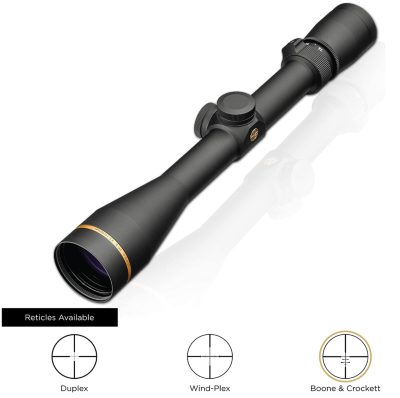
Low light scopes come in various types, each with unique advantages and disadvantages. Understanding these types will help you choose the best scope for your specific hunting needs.
Night Vision Scopes
Night vision scopes enhance the available light to produce a visible image. They use an image intensifier tube (IIT) to amplify the existing light, making it brighter and easier to see in low-light conditions. Advantages:
- Excellent low-light performance
- No visible light signature
- Ideal for nighttime hunting
Disadvantages:
To get the best out of your deer hunting experience, investing in a high-quality low light scope is essential. For those who appreciate the iconic Browning brand, their browning deer decal is a must-have. The detailed and realistic design of the decal adds a touch of authenticity to your hunting gear, while the durable construction ensures it will withstand the rigors of the hunt.
Whether you’re a seasoned hunter or just starting out, a low light scope is a valuable asset, and the Browning deer decal is the perfect complement to your hunting accessories.
- Can be bulky and heavy
- Expensive
- Limited range
Examples:
With the best low light scope for deer hunting, you’ll be able to spot those big whitetail deer that you’ve been seeing on your trail cam ( big whitetail deer on trail cam ). And with a clear shot, you’ll be able to bring home the venison you’ve been craving.
So don’t wait any longer, invest in a good low light scope and start hunting like a pro!
- ATN X-Sight 4K Pro
- Pulsar Helion XP50
- Sightmark Photon XT
Thermal Scopes
Thermal scopes detect heat signatures emitted by animals, allowing you to see them even in complete darkness. They use an infrared sensor to capture the thermal energy and display it on a screen. Advantages:
- Superior low-light performance
- No visible light signature
- Effective in all weather conditions
Disadvantages:
- Expensive
- Can be heavy
- May require additional power sources
Examples:
- FLIR Scout PS32
- Trijicon REAP-IR
- Pulsar Thermion XP50
Digital Scopes
Digital scopes use a digital sensor to capture images and display them on a screen. They offer advanced features like digital zoom, image stabilization, and ballistic calculators. Advantages:
- Lightweight and compact
- Relatively affordable
- Offer various features
Disadvantages:
- Lower low-light performance compared to night vision and thermal scopes
- May have a visible light signature
- Battery life can be an issue
Examples:
- Leupold VX-6HD
- Vortex Razor HD Gen III
- Burris Eliminator III LaserScope
Brands and Manufacturers
In the realm of low light scopes, several reputable brands have earned a solid reputation for producing high-quality optics tailored for deer hunting.
Let’s explore some of the leading names in the industry and delve into their history, expertise, and product offerings.
Leupold
- Established in 1907, Leupold has a rich legacy of optical innovation and craftsmanship.
- Renowned for their rugged construction, precise optics, and dependable performance.
- Leupold offers a wide range of low light scopes, including the VX-3i and VX-5HD series.
Vortex Optics
- Founded in 1986, Vortex Optics has quickly gained prominence for its exceptional optics and customer service.
- Their scopes are known for their clarity, durability, and value for money.
- Vortex Optics offers a variety of low light scopes, such as the Viper PST Gen II and Razor HD LHT series.
Nightforce Optics
- Established in 1992, Nightforce Optics specializes in high-end optical systems for tactical and hunting applications.
- Their scopes are renowned for their extreme precision, durability, and optical performance.
- Nightforce Optics offers a range of low light scopes, including the ATACR and NXS series.
Trijicon
- Founded in 1981, Trijicon has earned a reputation for producing rugged and reliable optical systems.
- Their scopes are known for their use of tritium illumination, providing self-illuminated reticles.
- Trijicon offers a range of low light scopes, such as the AccuPoint and Credo series.
Swarovski Optik
- Established in 1949, Swarovski Optik is renowned for its exceptional optical quality and craftsmanship.
- Their scopes are known for their superior clarity, light transmission, and precision.
- Swarovski Optik offers a range of low light scopes, including the Z6i and X5 series.
4. Testing and Evaluation
Testing and evaluation of low light scopes involve a series of rigorous procedures to assess their performance in various conditions. These methods aim to provide objective data and insights into the scope’s capabilities, allowing hunters to make informed decisions.
During testing, factors such as image quality, light transmission, and accuracy are meticulously examined. Image quality is evaluated based on factors like resolution, contrast, and color reproduction. Light transmission is measured to determine the amount of light that passes through the scope, which is crucial for low-light performance.
Accuracy is assessed through live-fire testing or simulated shooting scenarios, ensuring that the scope provides consistent and precise shot placement.
Independent Testing Results
Several reputable sources offer independent testing results for low light scopes. These organizations conduct rigorous evaluations and publish their findings, providing valuable insights for hunters. Some notable sources include:
- OpticsPlanet: Provides detailed reviews and testing data on a wide range of scopes.
- The Hunting Beast: Offers comprehensive reviews and comparisons of hunting gear, including low light scopes.
- Gun Tests Magazine: Conducts independent testing and publishes reviews of firearms and optics, including low light scopes.
5. Applications and Use Cases
Low light scopes are specifically designed to enhance visibility and accuracy in low-light conditions, making them ideal for deer hunting in a variety of scenarios:
- Dawn and Dusk Hunting:During these transitional periods, natural light is limited, and low light scopes allow hunters to extend their hunting time and take advantage of deer movement.
- Overcast or Forested Areas:Dense vegetation and cloudy conditions can significantly reduce light penetration. Low light scopes compensate for these challenges, enabling hunters to identify and target deer effectively.
- Night Hunting:With the aid of artificial light sources, low light scopes allow hunters to pursue deer even in complete darkness, increasing their chances of success.
Tips and Techniques for Using Low Light Scopes
- Proper Mounting:Ensure the scope is mounted securely and aligned correctly to maintain accuracy.
- Practice in Low Light:Familiarize yourself with the scope’s performance and adjustments in low-light conditions before hunting.
- Use Artificial Light Sources:Headlamps or flashlights can illuminate the target area, enhancing visibility through the scope.
- Adjust Brightness Settings:Low light scopes often have adjustable brightness settings to optimize visibility in varying light conditions.
- Be Patient:Allow your eyes to adjust to the low light before attempting to identify and target deer.
6. Price and Value

Low light scopes for deer hunting can vary significantly in price, ranging from a few hundred dollars to several thousand dollars. The cost of a scope is influenced by several factors, including:
- Features:Scopes with more advanced features, such as higher magnification, better light transmission, and more precise adjustments, tend to be more expensive.
- Brand:Well-known and respected brands often charge a premium for their products.
- Technology:Scopes that incorporate cutting-edge technologies, such as illuminated reticles or laser rangefinders, are typically more expensive.
When choosing a low light scope for deer hunting, it is important to consider your budget and the features that are most important to you. If you are on a tight budget, there are several affordable scopes that offer good performance in low light conditions.
However, if you are willing to spend more money, you can get a scope with more advanced features that will give you an edge in the field.
Value Proposition
The value proposition of a low light scope for deer hunting depends on your individual needs and preferences. If you are a serious deer hunter who often hunts in low light conditions, then a high-quality scope can be a valuable investment.
A good scope will help you to identify and accurately shoot deer in low light conditions, which can increase your chances of success.
However, if you are a casual deer hunter who only occasionally hunts in low light conditions, then you may not need to spend a lot of money on a scope. There are several affordable scopes that offer good performance in low light conditions, and these scopes may be a better value for your money.
7. Additional Considerations: Best Low Light Scope For Deer Hunting
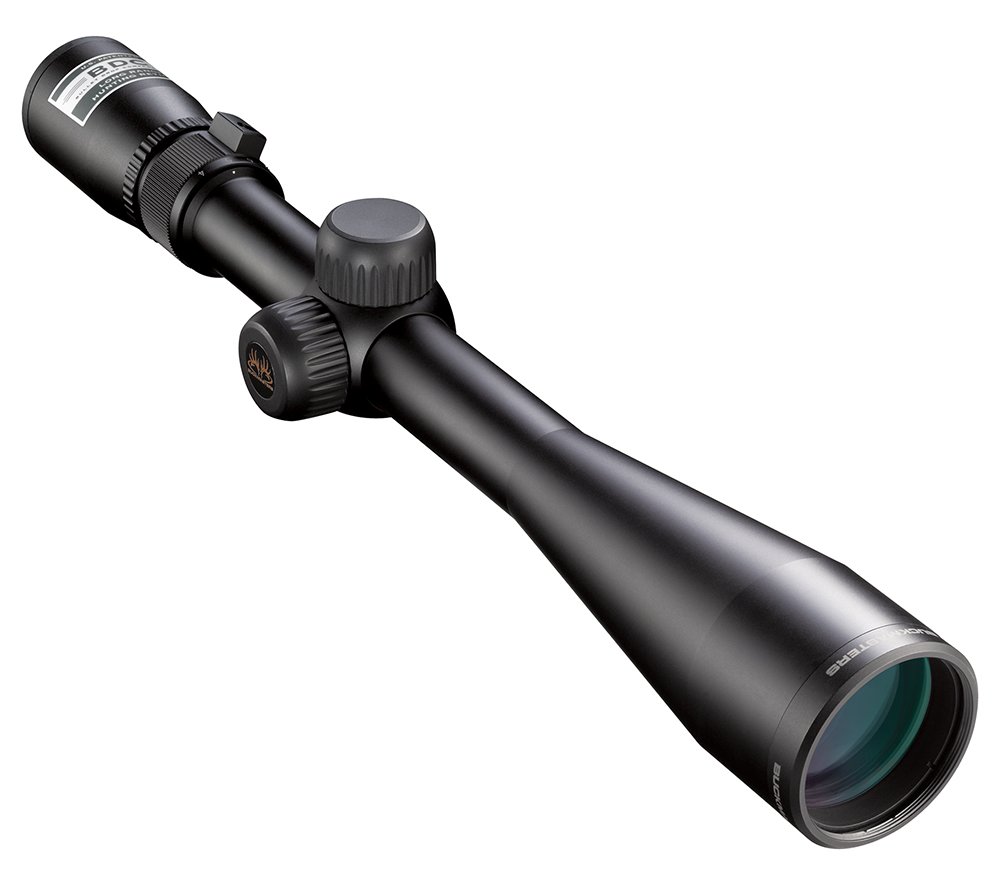
When selecting a low light scope for deer hunting, consider additional factors that influence performance and user experience.
Durability and Weight, Best low light scope for deer hunting
Choose a scope built to withstand the rigors of hunting. Look for models constructed from durable materials, such as aircraft-grade aluminum, that can endure recoil and harsh weather conditions. Consider the weight of the scope, as it can affect the overall balance and handling of your firearm.
Compatibility with Firearm
Ensure the scope you choose is compatible with your firearm. Consider the mounting system and the dimensions of the scope to ensure it fits properly. Some scopes require specific mounts or adapters for different firearm models.
Accessories
Enhance the performance of your low light scope with accessories such as lens covers, sunshades, and anti-reflection devices. Lens covers protect the lenses from scratches and dirt, while sunshades reduce glare and improve visibility in bright conditions. Anti-reflection devices minimize light reflection from the lenses, improving image clarity and reducing the chances of spooking game.
Legal Implications
In some jurisdictions, the use of low light scopes for hunting is regulated. Check local laws and regulations to ensure compliance with legal requirements. Some areas may restrict the use of certain types of scopes or impose specific conditions on their usage.
Ultimate Conclusion
As you venture into the world of low light scopes for deer hunting, remember that the journey is as important as the destination. Embrace the thrill of the chase, the camaraderie of fellow hunters, and the satisfaction of a successful hunt.
May your low light scope guide you through the darkest hours, illuminating the path to unforgettable hunting memories.
Essential Questionnaire
What factors should I consider when choosing a low light scope for deer hunting?
Objective lens size, magnification, light transmission, and field of view are crucial factors to evaluate.
What are the different types of low light scopes available?
Night vision, thermal, and digital scopes offer unique advantages and disadvantages.
How can I evaluate the performance of a low light scope?
Consider image quality, light transmission, and accuracy during testing.
What are some reputable brands for low light scopes?
Leupold, ATN, and Pulsar are among the leading manufacturers.
How much should I expect to pay for a low light scope?
Prices vary depending on features, brand, and technology, ranging from a few hundred to several thousand dollars.

